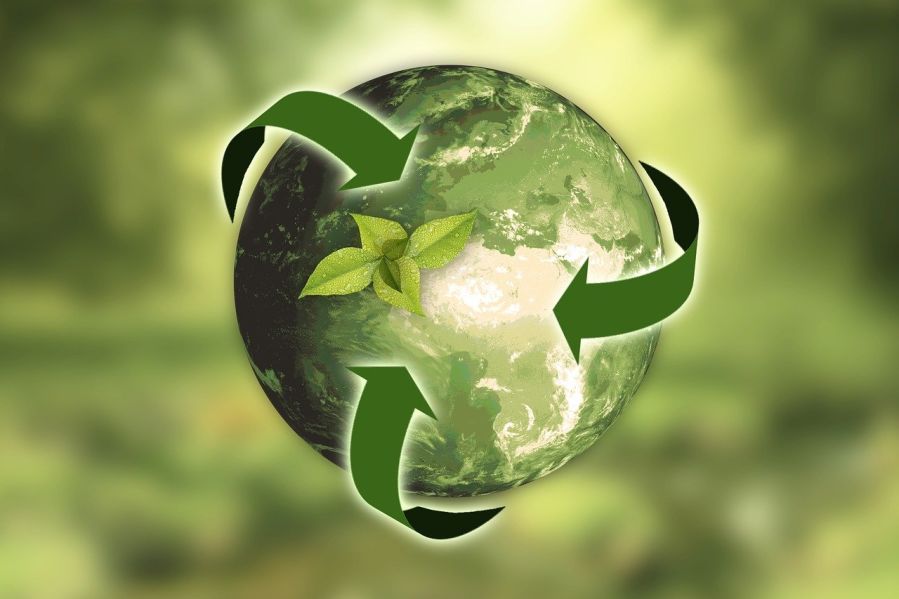Even the assiduous could fall foul of a maze of different regulations, explains Sophie Morris
Do you think of yourself as a recycling angel, donning your halo of domestic diligence to rinse out plastic cartons or takeaway cups for collection? Sorry to report, but you’re probably still making lots of mistakes.
When Keep Britain Tidy’s Centre for Social Innovation recently investigated the problem of recycling contamination, it found that even keen recyclers get it wrong as they rarely update their knowledge, and base their recycling habits on gut feelings or common sense interpretations of what can and can’t be recycled.
These are some of the biggest mistakes people are making:
1. Just because it can be recycled, it doesn’t mean you can
I didn’t realise I needed a degree in waste materials management to properly sort my rubbish until researching this piece - but there are over 391 different local authorities in the UK, with an estimated 39 different bin regimes so it’s a complicated system.
You could move a few miles and not realise you’re subject to new rules. The point is that you have to check what your local authority will collect, and play by the rules.
Adam Herriott, senior resource management specialist at waste campaigner Wrap, explains that there are even different systems for different types of home in the same geographic area. “Recycling for flats is notoriously difficult,” Herriott says. “Most have bulk bins, but one neighbour who doesn’t recycle properly can contaminate the whole bin, and all the other people’s good work can potentially go to waste.”
2. Not taking contamination of your recycling seriously
This word comes up a lot in kerbside recycling, and it means when a material or foodstuff not meant for a certain bin ends up spoiling the rest of that container.
“A little can contaminate a lot,” says Herriott. “If I put a load of nappies in my recycling bin and they make it into the vehicle, that will contaminate the whole load. Nappies are an extreme example, but food waste can contaminate paper easily, such as if baked beans [are] soaked into paper.”
3. Forgetting to clean or cut off packaging
“Food containers and packaging need to be emptied and rinsed, don’t leave food residue in containers - wash and squash,” says Tim Duret, director of sustainable technology at Veolia UK, the UK’s leading resource management company, Britain’s busiest binmen who serve three million properties and make 440 million visits a year.
“No one’s expecting you to get the marigolds out,” says Herriott when I ask how keenly we need to wash food packaging. “If you’ve got an empty tin of baked beans, rinse it in the dishwater when you’re doing the washing up to make sure the main food waste is off. Rinse wine bottles and milk bottles and leave them upside down to clean out the last drops.”
It is widely reported that pizza boxes, though mostly made from recycled card, can’t be recycled once contaminated with fat from the pizza. Herriott thinks this has been exaggerated. “They can deal with a bit of grease on a pizza box. If it’s soggy, you can cut that part out. The main thing is that it’s not covered in sauce and cheese - if it is, it’s probably best put in the bin.”
4. Assuming all paper is equal
Typically, paper bags, cereal boxes, junk mail, newspapers and magazines, cardboard, envelopes and catalogues are acceptable, but watch out for shiny surfaces on greetings cards or marketing materials.
Annette Clayton, global manager at worldwide paper manufacturing group Fedrigoni has a few bugbears. First of all, plastic windows in envelopes, which must be removed. “Anything with plastic lamination or glue is problematic,” she says.
Don’t assume all paper is equal. Tissue paper, kitchen towel, and even till receipts are all out. And with shredded paper we should either keep it together by putting it in a paper envelope, or not recycle it at all, as it can jam machinery at certain waste processing plants.
“The key thing,” Herriott says, “is to go on recyclenow.com, enter your postcode, and it will tell you exactly what you can and can’t recycle at home. It will also tell you where you can take items such as plastic retail bags or batteries, and what you can take to your local tip.”
5. Putting all plastic parts in the recycling
“Plastic bottles, pots, tubs, and trays, as a general rule, can usually be recycled,” says Herriott. Bubble wrap, cling film and plastic wrapping tends to be for the bin. Check your area for disposing of retail plastic bags.
Researchers at the Sustainable Consumption Institute at the University of Manchester called for a complete overhaul of our system in a recent report, blaming “a combination of unclear messaging and the complexity of the system” for our failures in plastic waste recycling - we’re currently managing under 50 per cent. It suggests a one bin system for all plastic to make things much easier for consumers.
We can’t recycle drinking glasses in the same way as jam jars and condiment bottles. They’re made of a different kind of glass and will spoil the new batch of glass made from the recycling process.
6. Taking labels at face value
This is hugely frustrating when you’re trying to do your best, but some packaging is either misleading or out of date and ministers have said they wish to work with manufacturers to update packaging guidelines.
The generic recycling sign appears on some materials that are not and never have been meant for domestic pick-ups, such as toothpaste tubes. Herriott however says that most packaging should be accurate these days. You can check the symbols at the Recycle Now website.
